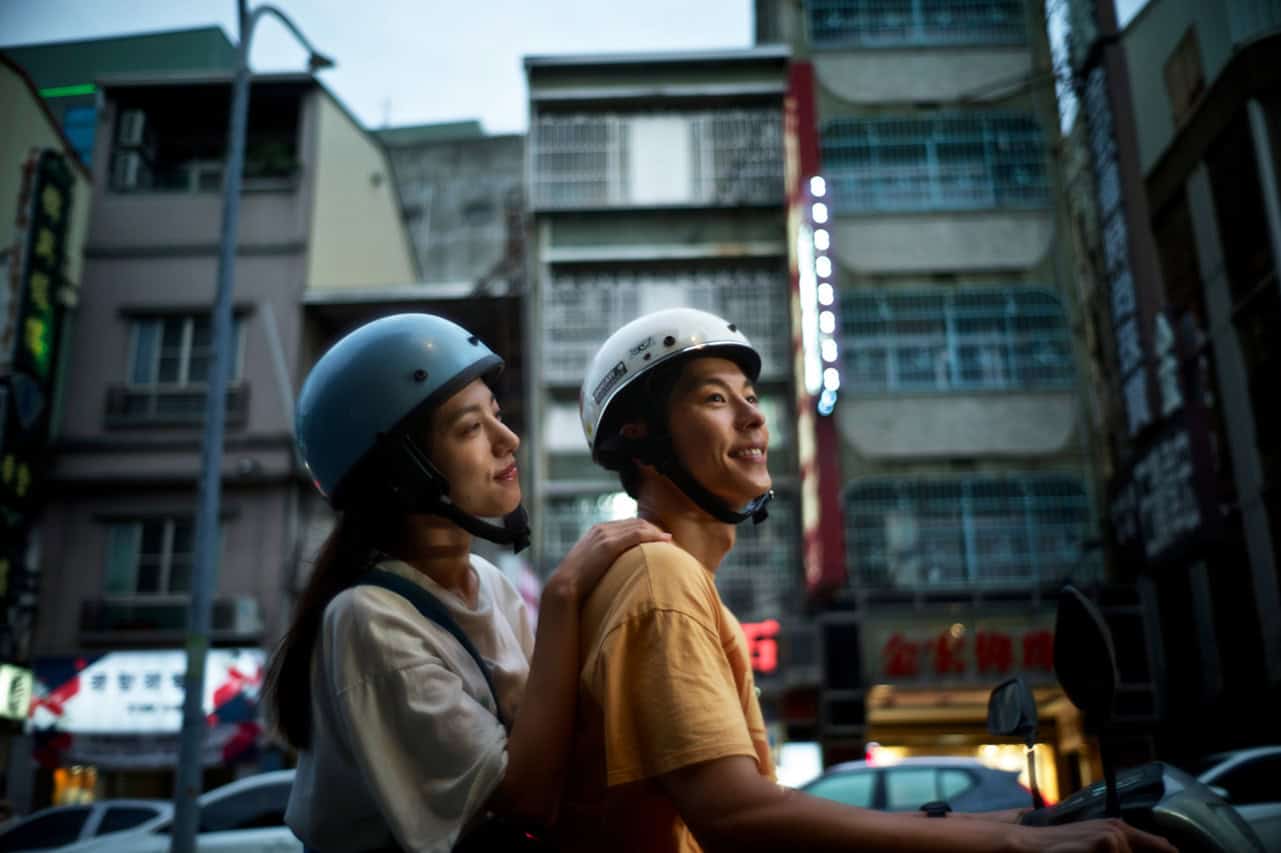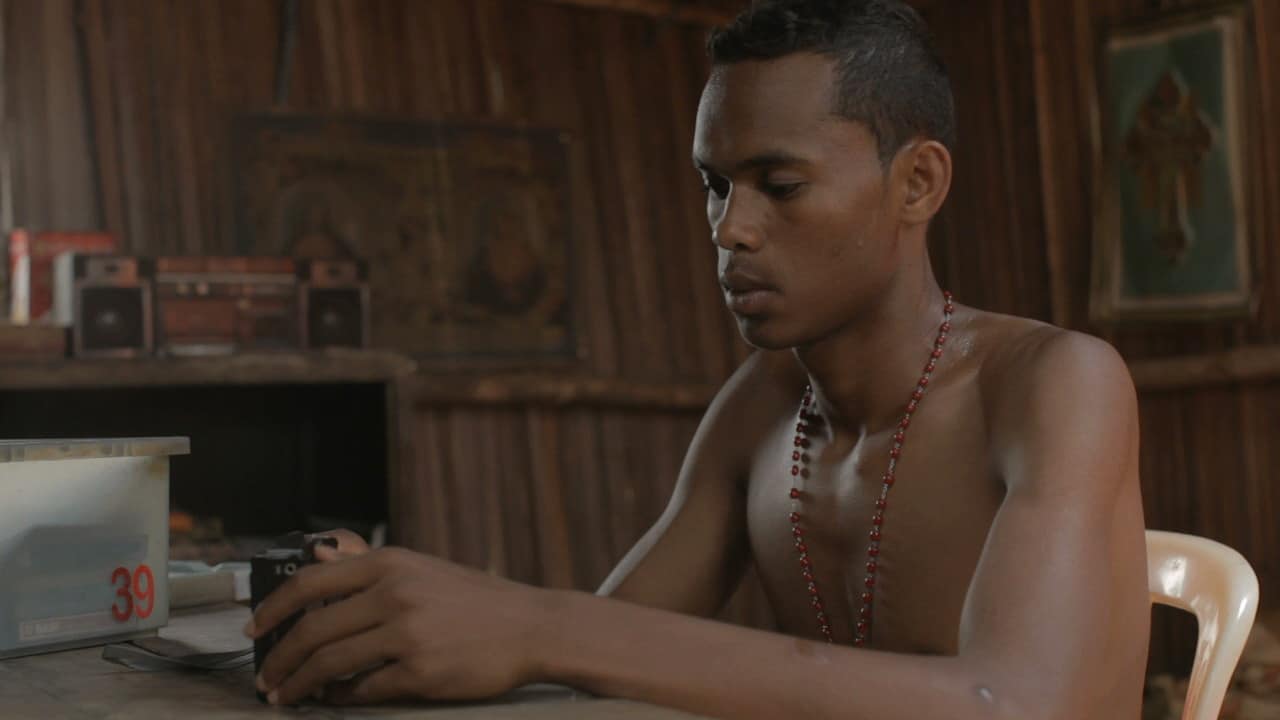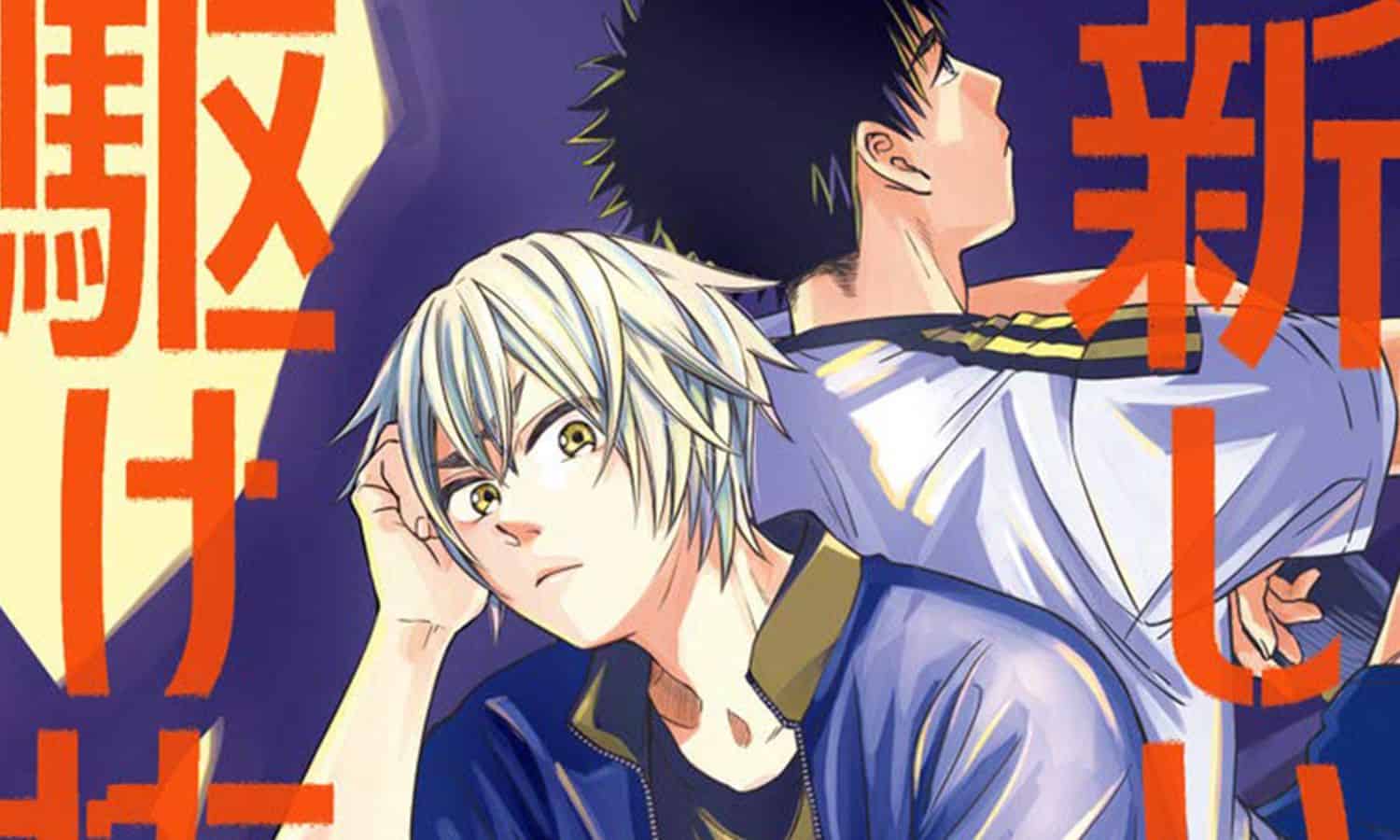The story of the forty-seven ronin of Ako avenging their fallen master is a significant historical event in Japanese history that has practically gone down as a legend. The events that transpired have frequently been retold in media, most notably in literature through the fictionalized accounts known as “Chushingura.” In addition, many retellings of the vengeful retainers' plot for revenge have been depicted in traditional theater and in cinema. Filmmakers that have directed their depictions include Kenji Mizoguchi, Kunio Watanabe, and Hiroshi Inagaki. Of the countless cinematic renditions, one of the more underrated and unique is Kon Ichikawa's “47 Ronin.”
Director Kon Ichikawa, who had directed a fair share of period pieces beforehand like “An Actor's Revenge” and “The Wanderers,” had expressed interest in adapting “Chushingura” for quite some time. He was finally given the opportunity towards the approaching end of his career. Distributed by Toho, the primary template for producing this version would be Shoichiro Ikemiya's novel “47 Assassins,” a more tactical look at the events that led up to the Ako Incident. This decision seemed fitting, considering Ichikawa was a known pacifist and likely didn't want to approach this history as a typical good vs. evil tale. Ikemiya would even help work on the screenplay alongside Ichikawa and Yo Takeyama. In addition, Ken Takakura would be cast as the lead to further draw in audiences. By this point, he was long solidified as one of Japan's most beloved movie stars, so this casting choice made sense. “47 Ronin” was met with favorable feedback and would be a hit at the Japan Academy Film Prize, though, with time, it faded into obscurity.
Check the review of An Actor's Revenge
Lord Asano is forced to commit suicide following an assault on Kira. Overwhelmed with grief and desire for vengeance, the loyal followers of the fallen daimyo devise a plan to avenge their late master, even if it will result in their deaths. Leading the ronin is Oishi Kuranosuke, who served as the head chamberlain to Asano. Oishi ends up having to part ways with his wife and children, keeping a low profile. While doing this, he meets a beautiful entertainer named Karu, who he grows very close to, and begins an affair with her. Eventually, his teenage son intends to accompany his father on this mission. As preparations are in operation, tension further boils between the Ako clan, the Kira family, and the latter's supporters. Others try to investigate the reason this adversarial tension began in the first place. Ultimately, it all leads to a brutal showdown.
Here, audiences are treated to an unorthodox depiction of the famous story compared to prior movie versions, primarily focusing on the planning and eventual execution of the attack. The initial events leading to Lord Asano's suicide are shown through flashbacks. Unlike many other depictions, there is an element of ambiguity as the exact actions of Kira that pushed Asano to assault him are never entirely revealed. What is at the center is an emphasis on the psychological effects all of this takes on the characters in the movie, along with the chaotic social and political climate of this period. It makes the build-up to the bloody finale all the more riveting.
Kon Ichikawa takes a more intimate and grounded approach to the story, presenting it as a tragedy of how one event after another resulted in further bloodshed. Lord Kira is shown as an arrogant and corrupt individual, yet there are more aspects to this narrative here. A major element of what makes this version effective is the great emphasis on psychological drama and how it presents embracing the beauty of life, the poignant feeling of death, and inner conflict. The heroes' devotion to the Bushido Code and loyalty to their deceased master are substantial. Yet, there is the lingering thought of whether advancing with this conspiracy that will have consequences is worth it. In addition, there is a significant focus on the internal struggles Oishi Kuranosuke experiences throughout the film, which makes for one of the movie's strongest elements.
Regarding the acting, everyone does a superb job here. Playing Oishi Kuranosuke, the leader of the vengeful retainers, is iconic talent Ken Takakura. Generally speaking, he was a star that often found himself typecasted, frequently playing stoic, no-nonsense leads. Yet, as demonstrated by his collaborations with directors Tomu Uchida and Yoji Yamada, Takura could also shine in dramatic roles, and here is no exception. When he needs to be imposing, he succeeds, and his pent-up frustration and anger explode in the spectacular finale. Yet, he is also effective in the calmer sections of the movie, such as when he bids farewell to his wife, Riku, further helped by Ruriko Asaoka's emotional presence. Furthermore, his softer side blossoms with his interactions with the young entertainer Karu, played by Rie Miyazawa. Miyazawa is terrific, and her character is genuinely likable, greatly bringing out the human side of Oishi. He even contemplates whether advancing with the initial plan is worth it, and maybe settling with a new peaceful life would be ideal. However, he is ultimately consumed by his desire for retribution and devotion to his deceased master. Also great here is Kiichi Nakai as Matashiro Irobe, who tries to see both sides of the tension that lead to Kira's assassination, ultimately torn with who he empathizes through this turmoil. For the part of Lord Kira, veteran talent Ko Nishimura does a solid job. In addition, many former retainers to Lord Asano are played by recognizable faces, such as Hisashi Igawa.
The technical side of the film is impressive. Visually, it is remarkable, with some great set pieces, beautiful locations, terrific lighting, and solid costume design. The cinematography by Yukio Isohata is outstanding, and the music score by Kensaku Tanikawa is effectively atmospheric. In addition, Kon Ichikawa does not hold back in presenting the violence, being more brutal and realistic in depiction here than in many prior versions of the story. The final attack on Lord Kira's home is a superbly executed sequence. The nighttime ambiance and layers of snow eerily add to the finale.
“47 Ronin” is really good and deserves more attention. Kon Ichikawa gives his unique retelling of the famous story while also taking advantage of exploring more of the psychological angle building up to the attack on Lord Kira's castle. On top of that, it provides a more complex look at the rivalry between the Ako clan and the Usuega and Kira families that would become forever remembered. For some, the feature's way of telling the narrative may initially feel strange compared to past depictions. Furthermore, studying history can reveal even more of the complexities surrounding these historical events. Yet, once adjusted to the narrative approach, audiences will be rewarded with a compelling samurai drama.
















